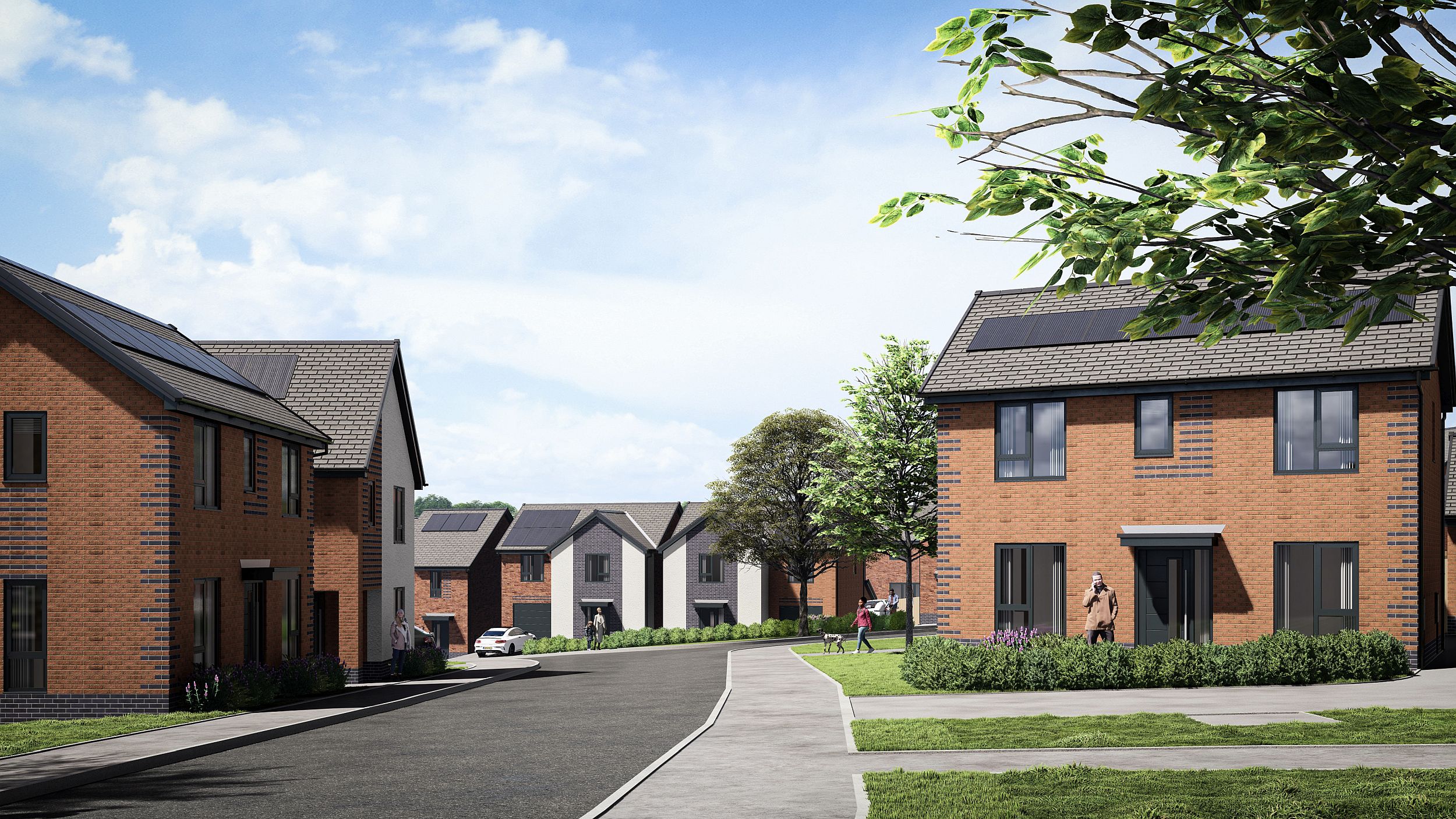Town and country planning – Permitted development – Mast – Local resident applying for judicial review of local authority decision that electronic communications apparatus installed by appellant was permitted development – High Court quashing decision – Appellant appealing – Whether local authority misunderstanding definition of “mast” in para A.1(2) of Class A of Part 16 of Schedule 2 to Town and Country Planning (General Permitted Development) (England) Order 2015 – Appeal dismissed
The appellant provided apparatus for electronic communications networks. The first respondent’s home was in Pendrell Road, Brockley, in south-east London, within a conservation area. Forsythia House was a block of flats outside the conservation area. The appellant had been granted a licence to erect mobile telephone apparatus on the roof of that building. The apparatus comprised nine antennae, each supported by an antenna pole, attached to one of four central support poles, each holding up to three antennae. It was held in place by steel legs forming a tripod, bolted to a concrete cast plinth, and moulded and set into the concrete slab of the roof. Forsythia House was 8.2 metres high, and the plant room rose to 10.5 metres above ground level. At their top the antennae were 13.5 metres above ground level, the central support poles slightly lower.
The second respondent determined that the appellant’s installation was permitted development within Class A of Part 16 of Schedule 2 to the Town and Country Planning (General Permitted Development) (England) Order 2015, para A.1(2) of which excluded from the scope of permitted development “building-based apparatus other than small antenna and small cell systems”. Therefore, the second respondent refused to take enforcement action against the appellant, as requested by the first respondent.
On the first respondent’s application for judicial review, the third respondent secretary of state was joined as an interested party. The High Court concluded that the second respondent had adopted a wrong understanding of para A.1(2)(c), and that its decision was irrational. The decision was quashed: [2018] EWHC 263 (Admin).
The appellant appealed. The critical issue was the correct interpretation of para A.1(2)(c), which provided that the installation of a mast on a building less than 15 metres in height, when the mast would be within 20 metres of the highway, was not permitted development. The dispute was whether the second respondent misunderstood the definition of “mast” in that provision. If the central support poles fell within that definition, an express grant of planning permission for their erection was necessary.
Held: The appeal was dismissed.
(1) The meaning of “mast” in para A.1(2)(c) was a matter of law. Before a local planning authority could determine whether a particular structure was a “mast”, it had to adopt the legally correct meaning. To ascertain its true meaning in para A.1(2)(c) one had to begin with a straightforward interpretation, giving it its natural and ordinary meaning, and then consider whether there was anything in the legislative context to displace that meaning. That should not be an unduly complicated exercise. The place to start was the definition of a “mast” in para A.4. It was plainly intended to apply generally to Class A, wherever the word “mast” occurred. It was in deliberately broad terms: a “mast” in that legislative context simply meant a “radio mast” or a “radio tower”, which implied some distinction between the two. In using the term “radio mast” within the definition, the draughtsman clearly thought the word “mast” had a well-understood meaning, which required no explanation. Turning to dictionaries to dispel any doubt as to the ordinary relevant meaning of the word, the dictionary definitions converged. A “mast” was an upright pole or latticework structure, whose function was to support an antenna or aerial. Some of the definitions referred to height, or tallness, as a characteristic of a “mast”; others did not. But that was not an attribute common to all definitions, whereas uprightness, or verticality, clearly was. Tallness might be in the nature of a mast erected on the ground, but was not necessarily so for a mast mounted on a building. There was no difficulty with the idea that para A.1(2)(c) placed outside the scope of “permitted development” the installation of an upright pole or structure whose function was to support an antenna or aerial, when it was on a building less than 15 metres high, and when it would be within 20 metres of the highway. It made perfectly good sense. In such a case, the building’s own height was not a consideration referred to in para A.1(2)(c). Under that provision, read together with the definition of a “mast” in para A.4, the height of the apparatus itself was not a relevant factor.
(2) There was nothing in the legislative context to displace the ordinary meaning of the term “mast” in para A.1(2)(c). A “mast” in its legislative context was an upright pole or a latticework structure, whose function was to support an antenna or aerial. The definition in para A.4 was not qualified either by the requirement that the mast be “ground based” or that it be of any particular “scale” or any particular “design”. The judge’s interpretation was correct. The task of a local planning authority in determining whether a particular structure was a “mast” within the reach of para A.1(2)(c) was simply to ascertain whether, as a matter of fact and degree, it was an upright pole (or another structure to which the definition in para A.4 applied) whose function was to support an antenna or aerial; whether the building was less than 15 metres in height; and whether the structure would be within 20 metres of the highway. That was not the approach adopted by the second respondent. Its interpretation was too narrow, and incorrect. That was an error of law, fatal to its decision.
(3) The contention that the judge was wrong to find the second respondent’s decision “irrational” added nothing significant to the argument that its understanding of the term “mast” in para A.1(2)(c), as defined in para A.4, was incorrect. The misinterpretation of those provisions was an error of law, which was enough to invalidate the decision. It led the second respondent to misdirect itself by taking into account irrelevant considerations.
Christopher Lockhart-Mummery QC and Heather Sargent (instructed by DAC Beachcroft LLP) appeared for the appellant; Andrew Parkinson (instructed by Richard Buxton Environmental & Public Law) appeared for the first respondent; the second and third respondents did not appear and were not represented.
Eileen O’Grady, barrister









